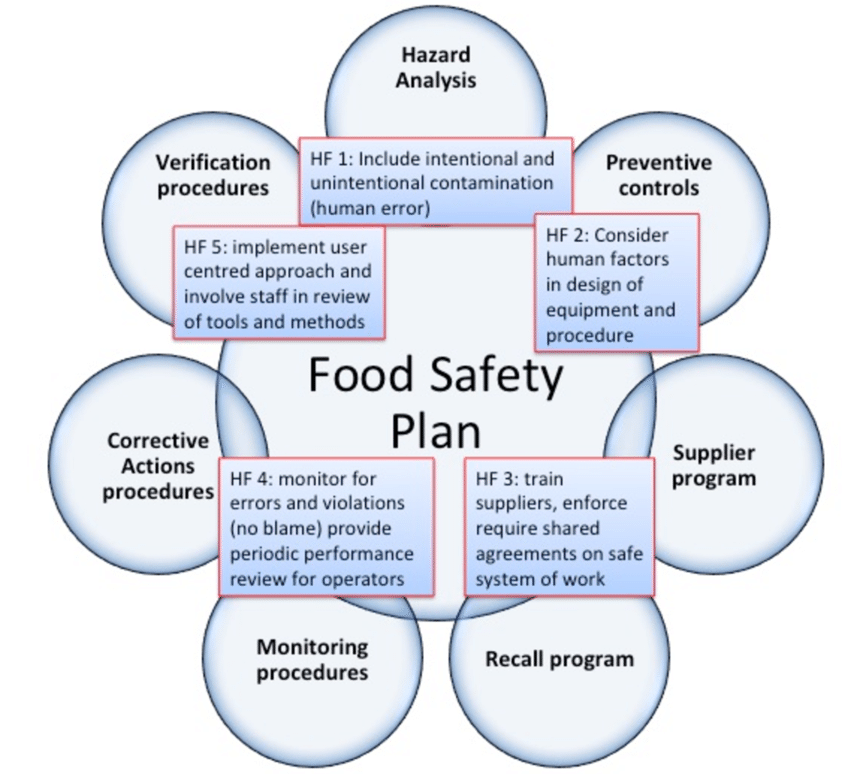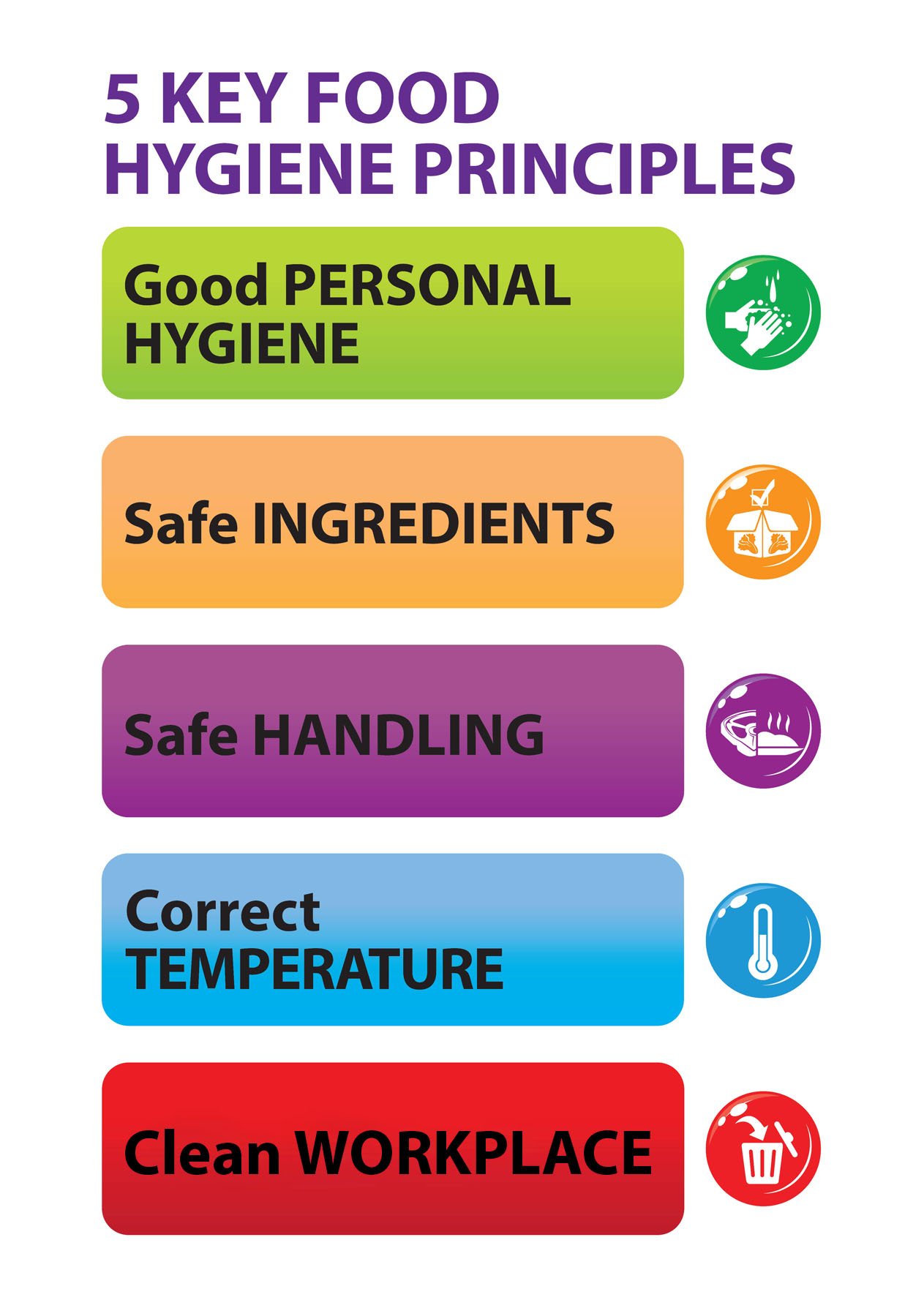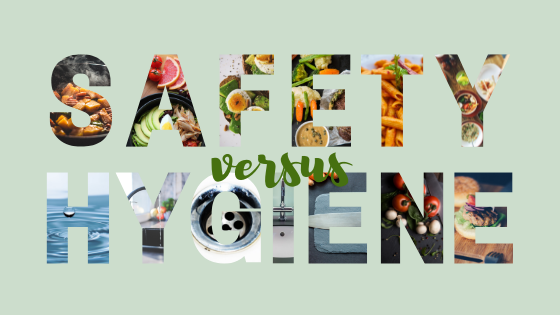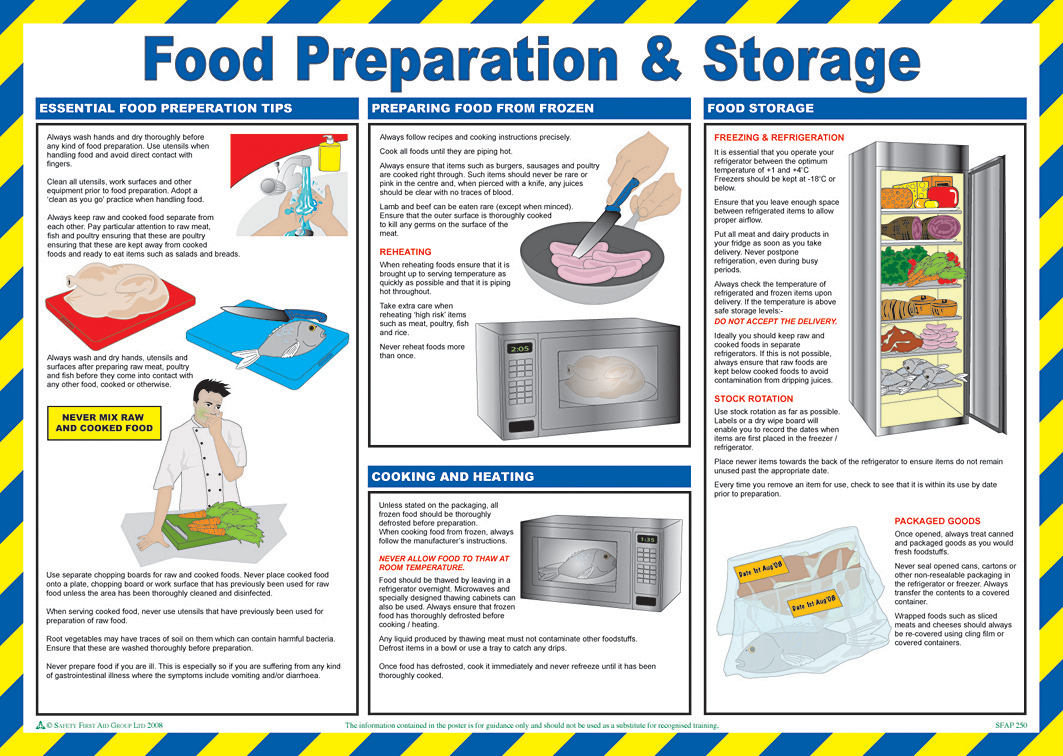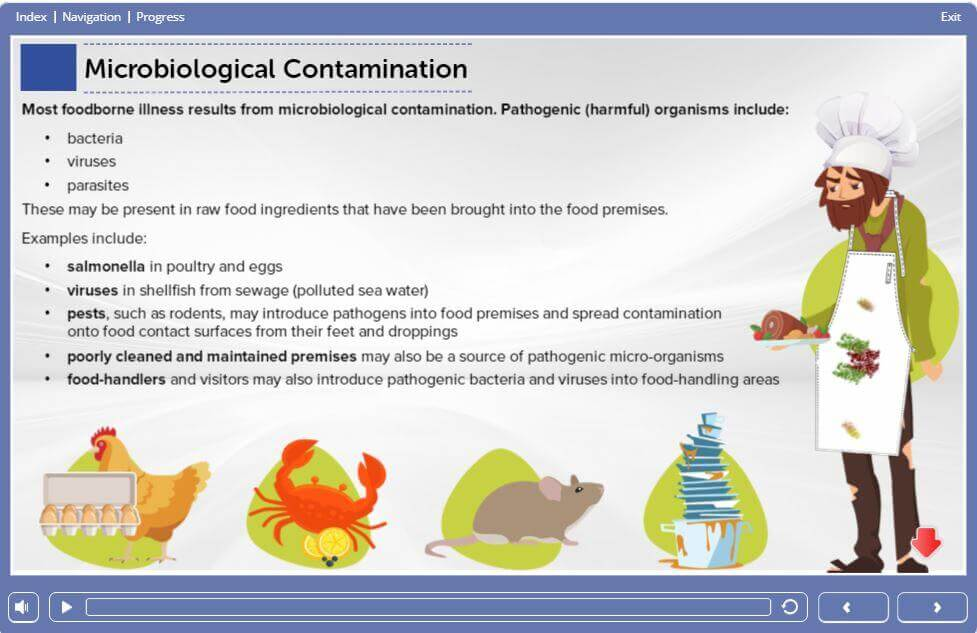Society of Environmental and Occupational Health

Society of Environment and Occupational Health

Society of Environment and Occupational Health
Food safety & Hygiene
An elementary and important aspect for the preservation of health is food hygiene & preservation of food from production to consumption – also referred to as ‘farm to fork’ and includes every stage in the process from growing to storage to distribution, finally consumption and safe disposal of food wastes. Food hygiene, among other things, will also entail having it free of pathogenic microorganisms & unwanted chemicals and contaminants.
Food safety (or food hygiene) is used as a scientific method/discipline describing handling, preparation, and storage of food in ways that prevent food-borne illness. Food hygiene and safety prevent germs from multiplying in foods and reaching dangerous levels. It ensures daily healthy family living.
Food Safety covers all aspects of ensuring that food is safe for a person to eat, whereas Food Hygiene usually more specifically concerns foodborne illnesses, which arise because of primarily bacterial contaminants, but also chemicals and physical hazards. Of course, there is considerable overlap
Food safety includes the origins of food including the practices relating to food labelling, food hygiene, food additives and pesticide residues. It also includes policies on biotechnology and food and guidelines for the management of governmental import and export inspection and certification systems for foods.
Food can transmit pathogens which can result in the illness or death of the person or other animals. The main types of pathogens are bacteria, viruses, mold, and fungus. Food can also serve as a growth and reproductive medium for pathogens.
Food contamination happens when foods are corrupted with another substance. It can happen In the process of production, transportation, packaging, storage, sales, and cooking process. Contamination can be physical, chemical, or biological.
Physical contamination.
Physical contaminants (or ‘foreign bodies’) are objects such as hair, plant stalks or pieces of plastic and metal. When a foreign object enters food, it is a physical contaminant. If the foreign objects are bacteria, both a physical and biological contamination will occur.
Common sources of physical contaminations are: hair, glass or metal, pests, jewellery, dirt, and fingernails.
Chemical contamination
Chemical contamination happens when food is contaminated with a natural or artificial chemical substance .Common sources of chemical contamination can include: pesticides, herbicides, veterinary drugs, contamination from environmental sources (water, air or soil pollution), cross-contamination during food processing, migration from food packaging materials, presence of natural toxins, or use of unapproved food additives and adulterants
Biological contamination
It happens when the food has been contaminated by substances produced by living creatures, such as humans, rodents, pests or microorganisms. This includes bacterial contamination, viral contamination, or parasite contamination that is transferred through saliva, pest droppings, blood or faecal matter. Bacterial contamination is the most common cause of food poisoning worldwide.
GOOD KITCHEN HYGIENE
- Remove rings, and wash hands properly before you start. Germs thrive on your hands and spread very easily onto food.
- Clean your counters. Kitchen counters live a pretty rough life, between spills and crumbs, grocery bags, and homework, to name some. Perhaps you tend to leave your keys or wallet on the counter? Clean it off with hot water every day, and at least once a week with a detergent.
- Clean your cutting boards. Your average cutting board could have more than 200 per cent more faecal bacteria on it than the typical toilet seat. Keep it clean! Hot running water and a good scrub do the trick. Use detergents on plastic cutting boards and half lemon and salt work fine with wood.
- Wash fruit and veggies. Use cold running water to remove pesticides and dirt from fruit and vegetables. Besides, you never know how many hands touched the apple before you bought it.
- Keep raw food chilled. Especially meat and fish should not be removed from the fridge before the maximum of 30 minutes before use.
- Wash your hands when changing station. Again, washing hands are critical to good kitchen hygiene. Just make it a habit.
- Don’t leave dirty dishes to pile up in the sink. This is actually a nasty habit of laziness or convenience, but a theme park for bacteria.
- Wash your hands before you eat. Yet again: Wash your hands! Try and keep the germs from the kitchen in the kitchen, don’t bring them along to the table.
- Keep food waste in a closed bin. You do recycle, right? Good! A closed container or bin keeps unwelcomed insects away.
- Sanitize your faucet on regular basis. Your faucet is actually a bacteria heaven; every time you turn it on with greasy unclean hands you transfer germs onto it. When you turn it off, after cleaning your hands, the faucet transfers some of the germs right back to your hands. Keep it clean, or better still.
Safe food handling procedures (from market to consumer)
The five key principles are:
- Prevent contaminating food with pathogens spreading from people, pets, and pests.
- Separate raw and cooked foods to prevent contaminating the cooked foods.
- Cook foods for the appropriate length of time and at the appropriate temperature to kill pathogens.
- Store food at the proper temperature.
- 5. Use safe water and safe raw materials
